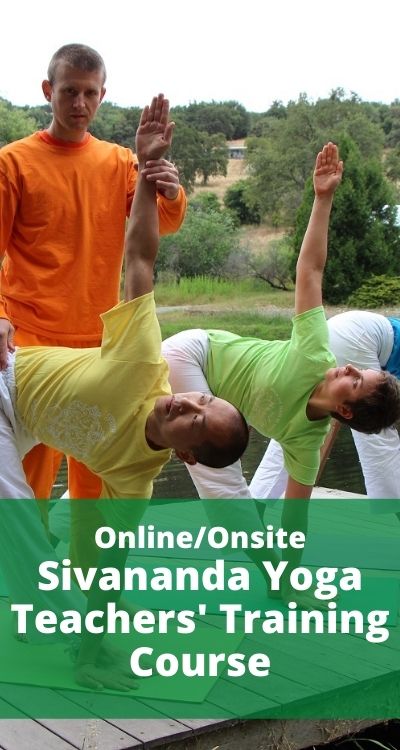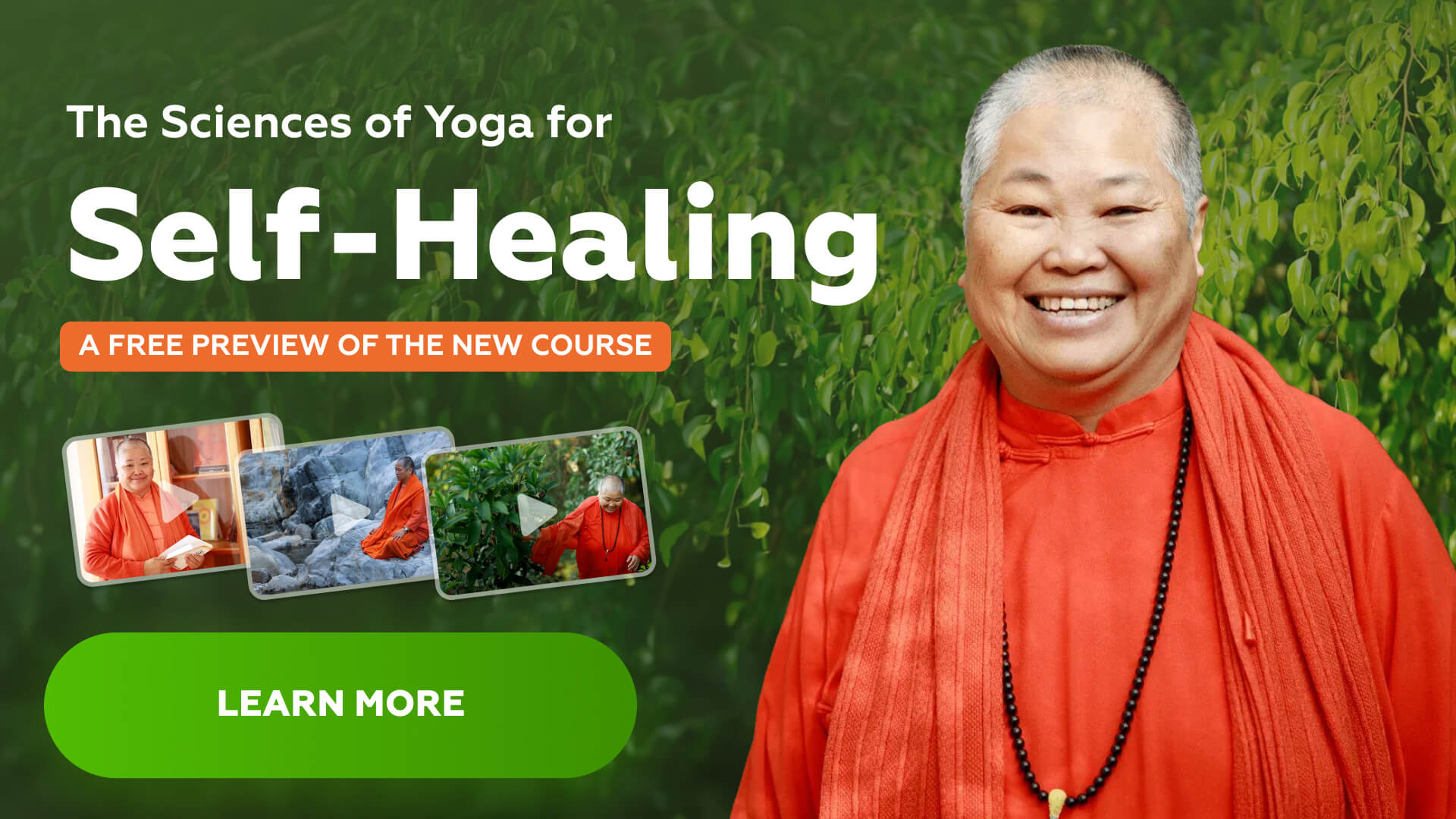We talked already about the 5 points. Proper exercises or asanas, breathing or pranayama. We talked about relaxation and then we talked about diet.
The body is like a vehicle and the proper exercise is like the oiling system of the body all the parts coming together. Proper breathing is like the battery for the car. Sometimes the battery in the car is dead like you wake up in the morning and you can’t get up. You have no prana no energy. You need to jump start he car that is the proper breathing. Then for every car you need to have a cooling system and that is the relaxation. You need to cool the system otherwise it will over heat. You need to learn to relax. The diet is like the fuel you put into the car. You have to put the proper fuel so that it will work. You have to eat a proper diet in order for you to be functioning ultimately and not having toxins blocking your system.
What do you need to get the car going?
Then you have the car that functions very well but what else do you need in order to get to your destination? You need a good driver. If you put a driver that is sleepy or stoned or spaced out, the car will never get to the destination. It will crash.
Fifth point of yoga life
The fifth point is putting the driver behind the wheel. The car is your body and mind. You are born with the body and mind and you have a journey. Remember we talked about that. It is a journey from here to there, from impurity to purity, from imperfection to perfection, from fear of death to immortality, from ignorance to wisdom. The body and mind are our vehicles. They are not us. The point number one in yoga is to understand that the body is not us. It is a vehicle. When you do asanas you slowly take back the mastership of your vehicle. The mind is a subtle instrument and the body is a gross instrument but still the mind is not the consciousness. It is not that which actually governs.
Positive thinking and meditation
Positive thinking and meditation is that point. The most difficult portion is to be clear in mind and balance in mind in order for you to know what to know and progress in life.
You have to know the nature of thoughts, the nature of your mind in order for you to learn how to think. You don’t know what influences your thought. You don’t know that thought creates destiny. Whatever you think that is what you become. Therefore you need to be very careful with your thinking. The thinking is what is destroying you and is making you take the wrong decisions. The same thinking will open all doors and it is the thinking that will free you. It is all about how to tune.
Tuning the mind
Tune means to regulate, to change your thought wavelength. Every thought has a wavelength. That means that depending of the nature of the thought it has certain purity or certain power. A low wavelength is a negative, superficial, worldly thought that is not related to your core Self. The thought that is sublime that is high, is all inclusive, is universal and more corresponding to the true that thought has a higher wavelength.
If your thought wavelength is low all the time like when you are feeling pity for yourself, you are wondering how come I don’t have that, and you watch tv cheap novels, gossiping, and you live in an environment with people that always have these kind of thoughts then you will become that. The thought atmosphere will influence your own thought wavelength. By connecting to a good thought wavelength you elevate your own energy. You can connect to us in face book or register to our blog. There are also good positive thoughts in the environment as well as the negative ones. They are in the subtle atmosphere. Like right now I am broadcasting the thoughts of Vishnudevananda and you are the good listeners and hopefully when you go home you will continue to tune to the good thoughts. It is said that thought is like an ocean and we are swimming in it at all time absorbing the vibrations. The more you tune to high thought wavelength the better your life will be.
How to tune to positive thoughts
Driving the vehicle of our life, the body and mind on the journey to Self realization and into a higher potential demands a lot of awareness about what we are thinking and learning how to control the mind. Everyday constantly you manipulate thoughts in your mind. If you manipulate negative thoughts it will destroy you. It will make you sick. If you learn how to change the negative thoughts to positive thoughts then you have more energy. Sometimes we are not aware of the negative thoughts in our mind and they bring our energy down. The best thing to do is to build up a reservoir of positive thoughts.
First you need to learn how to withdraw and then you do yoga asanas breathing with awareness. Do pranayama. Work on your diet. Then you work on your daily routine. You cut out of your daily life things that are not necessary. Like hours watching TV you can cut it, keep something good that is good for you and cut off the rest. Do little things here and there and you see how you life quality will improve, your heath will improve as well. Any thought that is repeated has more power that something that is new. So here in the ashram we repeat a lot because one time it sounds good but them we forget it. That is why we have to repeat and repeat constantly and learn to watch the negative thoughts that come and let then go. The reason the thought waves take us all over the place is because we have not learned to focus. Once we learn how to focus when the negative thoughts come and try to pull you out then you let then go and say no and stay focused. That is how you build up your positivity and your focus.
How positive thinking influence our life
We need to make sure to send out only positive thoughts because that is what is called the karmic reaction. That means if you send negative thoughts they will bounce back to you. If you learn how to see only positive things in other people and send positive thoughts out what will come back to you will be positive. Keep the mind positive nurturing the positive thoughts in your mind then you will become so generous because you will have so much. It is not about money you have thoughts to give. Walking in the street you send the positive thoughts out and you will find people smiling at you. But if you walk around cursing this and that then you find all kinds of difficulties in your life.
We are all the time like a broadcasting antenna all the time sending and receiving and we receive the same nature of what our thoughts are. That is how friends happen. Sometimes you become friend to somebody very quickly because your thought wave is there and sometimes you can live with somebody and you are not in harmony. Two people live in a big house and it feels small because you cannot stand somebody’s thoughts. Sometimes many people live in a small room and they are fine because the thought waves are tuned.
Those that would like to know more you will have to take the time because this is huge topic. I would advise you to get the book Thought Power by Swami Sivananda. Take more courses that will help you learn more about the mind and how it works.
OM OM OM
© Swami Sitaramananda 2014 No part of this article may be reproduced in any form without the written permission of the author.




